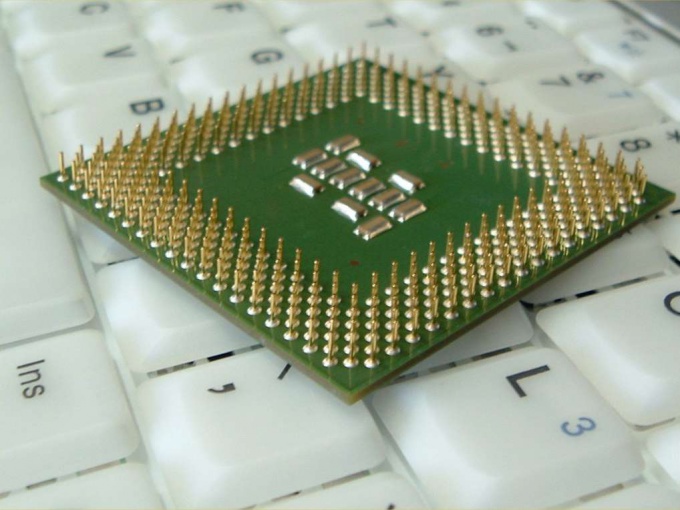You will need
- computer;
- program to test the system;
Instruction
1
Overclocking – the process is not as complicated as it may seem at first sight. All actions are carried out by using the Bios. Your task is to increase the frequency at which your CPU runs. To do this, restart the computer. When it is turned on, press Del, enter the Bios screen. Depending on the Bios version (e.g. Phoenix Bios) starting can be effected keys F1, F2, F10 or Esc. Go to settings Power Bios Setup. Reduce the memory frequency by setting the minimum value of Memory Frequency. This step is necessary to reduce the level of limiting.
2
After that, open the menu, Advanced Chipset Features, select HyperTransport Frequency (this parameter also may be called LDT Frequency or HT Frequency). Reduce the frequency to 600 or 400 MHz.
Save the settings and restart the computer by clicking Save changes and exit. After rebooting, again enter the Bios.Open Power menu, Bios Setup, in the new window, select CPU Frequency. Select the option called CPU Host Frequency. Depending on the Bios version, this menu may have a different name, for clarification read the user manual of the motherboard.
Save the settings and restart the computer by clicking Save changes and exit. After rebooting, again enter the Bios.Open Power menu, Bios Setup, in the new window, select CPU Frequency. Select the option called CPU Host Frequency. Depending on the Bios version, this menu may have a different name, for clarification read the user manual of the motherboard.
3
Increase the value to 250 MHz, save Bios settings and boot the operating system. After switching on, check its stability and performance. If you are not satisfied, increase the value of the CPU Host Frequency on some items. Repeat this step until, until you achieve the desired result. Do this carefully, too high a value can damage the motherboard. Check system stability after each increase. To check the operating system after overclocking you can use special software (for example, Everest, or HWiNFO32 Free PC Audit).
Note
Overclocking is highly undesirable to heat the CPU above 60 degrees.
